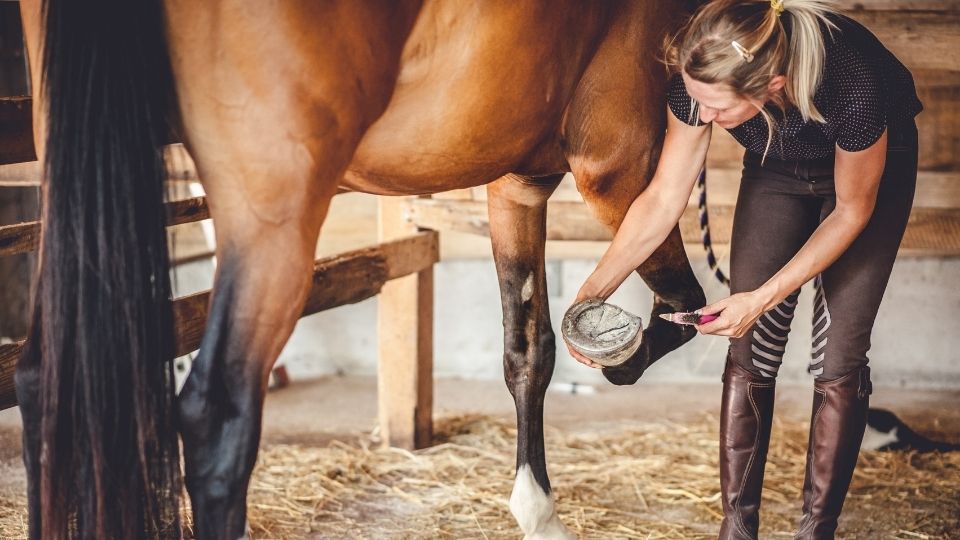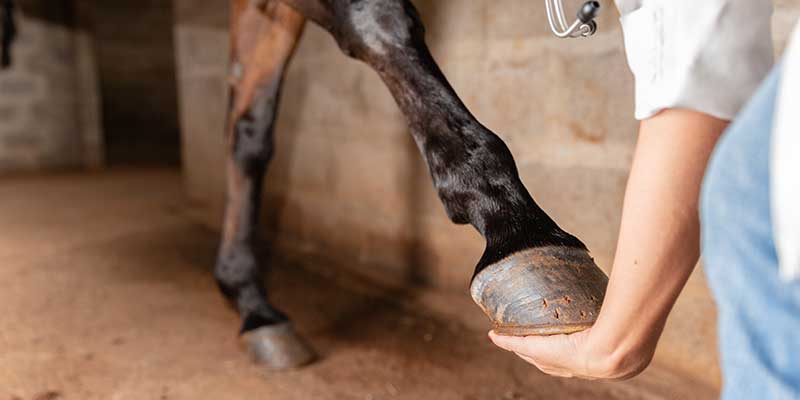What Happens If You Don't Trim Horse Hooves? Shocking Facts Here
Share
If you're a health-conscious pet owner, you understand the importance of maintaining your horse's overall health. One critical aspect that often gets overlooked is hoof care. The question remains, what happens if you don't trim horse hooves?
Neglecting hoof trimming can lead to a host of problems that severely impact your horse's wellbeing and performance. This article unpacks the consequences of ignoring hoof care and provides insights for keeping your horse healthy.

The Importance of Hoof Trimming
Horse hooves are similar in function to human nails but require much more attention. Regular trimming helps maintain the hoof's natural shape and ensures the horse can move comfortably. But what exactly happens if you fail to do so?
Consequences of Neglecting Hoof Care
Ignoring hoof trimming can result in a variety of serious health issues:
- Hoof Overgrowth: When hooves aren't trimmed, they overgrow, causing discomfort and misalignment in the horse's gait.
- Cracks and Chips: Overgrown hooves become brittle, leading to injuries like cracks and chips.
- Laminitis: This debilitating disease can be precipitated by prolonged neglect, causing inflammation in the hoof.
- Joint Problems: Poor hoof conditions affect the knees and fetlocks, leading to joint concussions and premature arthritis.

Preventative Care in Hoof Trimming
To prevent serious issues, regular trimming should be part of your horse care routine. Most horses require hoof trims every 6-8 weeks, but the best practice involves monitoring their individual needs.
Signs That Your Horse Needs a Trim
Being vigilant can help you catch problems early. Here are some signs that indicate its time to call a professional:
- Visible overgrowth of the hoof wall or sole
- Changes in gait or difficulty walking
- Signs of pain when the hooves are touched

Understanding Hoof Structure
Before diving deeper into trimming techniques, it's crucial to know how the hoof is structured. A hoof consists of several parts, including:
- Wall: The hard outer covering.
- Sole: The bottom of the hoof.
- Frog: A triangular structure that aids in blood circulation.
DIY Hoof Trimming Techniques
For those interested in doing their own trimming, it's essential to know the right techniques. Ensure you have proper tools and understand your horse's comfort levels. You can learn more about natural trimming methods here.

Costs Involved in Hoof Care
Understanding the potential costs and budgeting accordingly can make hoof maintenance manageable. On average, hiring a farrier costs between $30 to $100 per trim. You can read more about trimming costs here.
Common Misconceptions About Hoof Care
There are numerous myths surrounding hoof trimming that mislead many pet owners:
- Myth: Hooves don't require trimming if the horse is not worked hard.
- Myth: Horses can naturally groom their hooves.
Understanding the truth helps in ensuring proper care.
Conclusion: Embracing Proper Hoof Care
In closing, what happens if you don't trim horse hooves can lead to painful consequences. Regular trimming is critical for maintaining a horse's comfort and performance. Take the time to prioritize this essential aspect of horse care.
FAQ Section
1. How often should I trim my horses hooves?
Typically, every 6-8 weeks, but it depends on various factors including activity level and hoof health.
2. What are the signs a horse is in pain from untrimmed hooves?
Look for changes in gait, reluctance to move, flinching or sensitivity when the hooves are touched.
3. Can overgrown hooves cause lameness?
Yes, overgrown hooves can lead to uneven pressure on the joints, causing lameness over time.
As an Amazon Associate, I earn from qualifying purchases.
